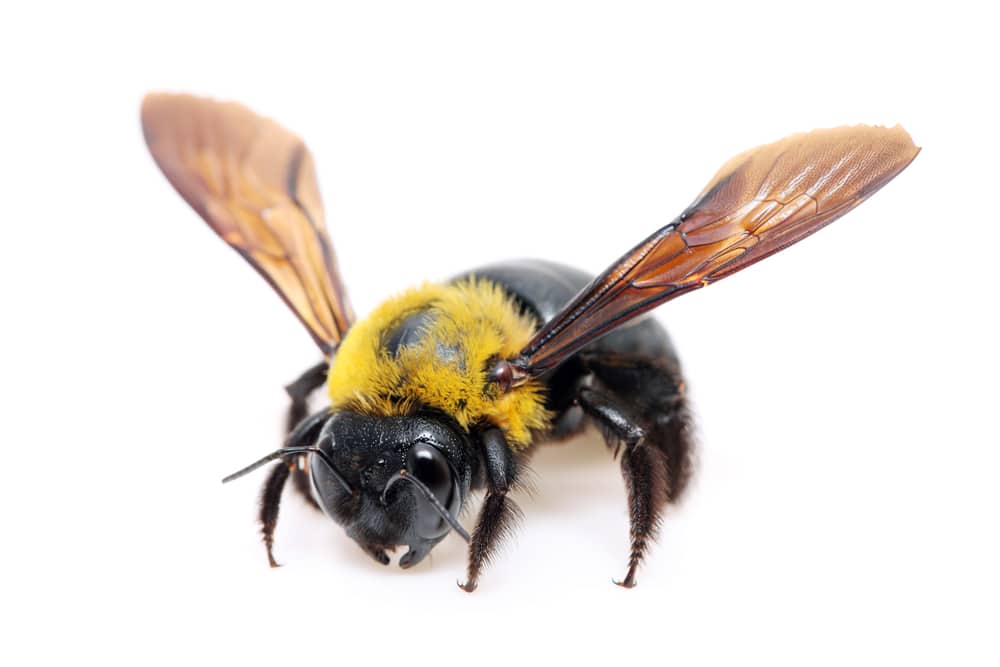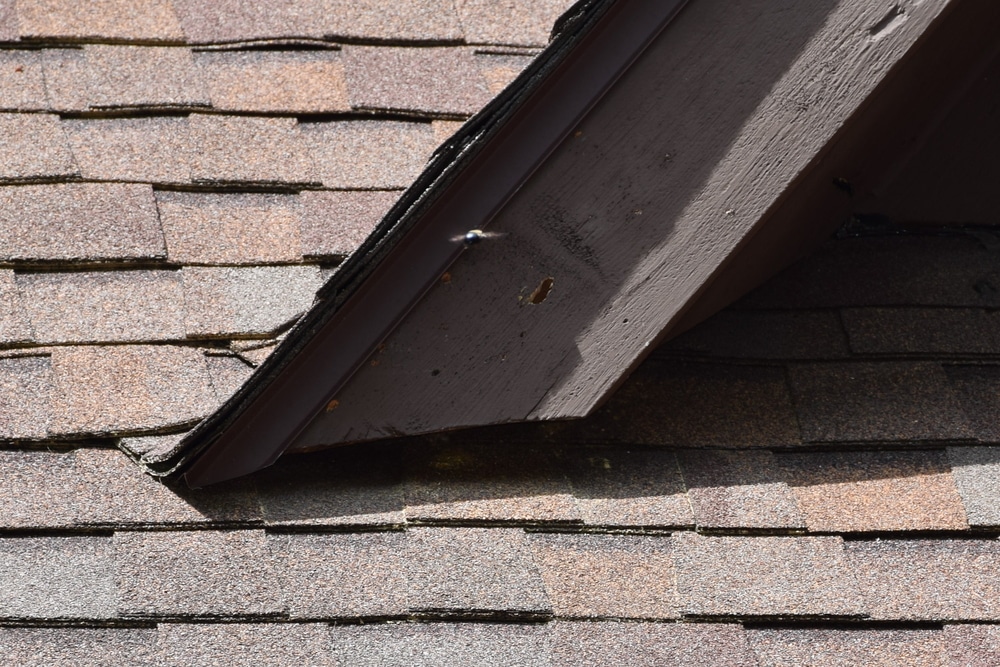
Ahhh, The Carpenters, if you grew up in the 70’s then you know The Carpenters! “Why do birds suddenly appear, every time you are near….”. It brings a tear to my eye every time. A song about just wanting to be near the person you love. Such good times, the 70’s, but alas I digress, and bring you to todays highlighted insect, the carpenter bee. While you may want to be close to a loved one, you definitely do not want to be close to the destructive carpenter bee.
Carpenter Bee Fun Facts:

- Unlike their cousins the honeybees and the bumble bees, carpenter bees don’t nest in communities, they are their own bug and build individual nests in wood or in your home.
- Carpenter bees don’t actually eat wood, but they do bore holes creating tunnels inside the wood.
- There are 7 different species of carpenter bees across the United States.
- Eastern carpenter bees resemble the bumble bees whereas the California carpenter bees have a metallic colorful body.
- Carpenter bees will “overwinter” or hibernate in their tunnels over the cold winter months.
- Male carpenter bees do not sting; however, the females will sting on a rare occasion when provoked.
So now that you know a little about our “friend” the carpenter bee, we can talk about the damage that they do and how to get rid of them.
How To Get Rid of Carpenter Bees.
Carpenter bees can be a serious threat to a structure/home and left untreated can cost you a lot of money in repairs. Not only do they bore holes in the wood, if you have woodpeckers in your area you can be looking at a double whammy as the woodpeckers are attracted to the tunnels and larvae.

The faster you identify that you have carpenter bees the better! Once it is determined that you have carpenter bees then it’s time to get rid of them. HowToPest.com has the carpenter bee solution for you. It is important to read the label of any insecticide to make sure that it is labeled for carpenter bees. Liquids, dusts or aerosols should be applied directly to the tunnel openings. Leave the tunnels/holes open for a few days after the treatment to allow for the bees to come in contact with the insecticide. Because carpenter bees will re-use or re-infest the tunnels you will want to seal up the holes with putty or foam.




